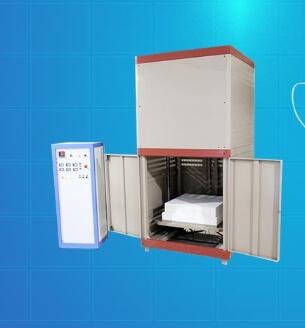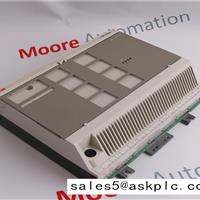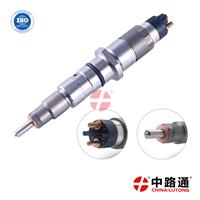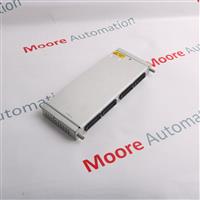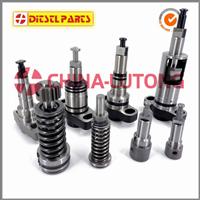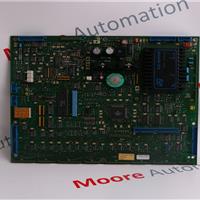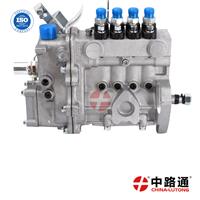Contact Infomation 
Shanghai Hao Yue furnace technology Co., Ltd.
| Tel: | 86-21-51095297 |
| Fax : | |
| Country/Region : |
|
| Address : | |
| Contact : | Li Wei () |

|

